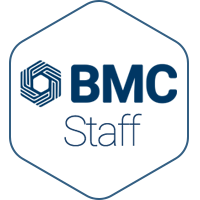EC Minutes - Mar 8, 2024
Document Category
Document - Related Committee
Files
Document Title
Executive Committee Minutes - Mar 8, 2024
Document Type
EC Agenda - Mar 8, 2024
Document Category
Document - Related Committee
Files
Document Title
Executive Committee Agenda - Mar 8, 2024
Document Type
BRTB Agenda - Mar 26, 2024
Document Category
Document - Related Committee
Files
Document Title
BRTB Agenda - Mar 26, 2024
Document Type
BRTB Minutes - Feb 27, 2024
Document Category
Document - Related Committee
Files
Document Title
BRTB Minutes - Feb 27, 2024
Document Type
ICG Pres - Mar 6, 2024 - TIP Amend_SHA
Document Category
Document - Related Committee
Document Title
Interagency Consultation Group Presentation - Mar 6, 2024 - TIP Amend_SHA
Document Type
Marium Sultan
Marium
Sultan

Multi-Modal Planner
329
BPAG Agenda - Mar 20, 2024
Document Category
Document - Related Committee
Files
Document Title
Bicycle & Pedestrian Advisory Group Agenda - Mar 20, 2024
Document Type
BPAG Minutes - Jan 17, 2024
Document Category
Document - Related Committee
Files
Document Title
Bicycle & Pedestrian Advisory Group Minutes - Jan 17, 2024
Document Type
TC Pres - Mar 5, 2024 - TLC Grant Round 2
Document Category
Document - Related Committee
Document Title
Technical Committee Presentation - Mar 5, 2024 - TLC Grant Round 2
Document Type
TC Pres - Mar 5, 2024 - TIP Amend SHA
Document Category
Document - Related Committee
Document Title
Technical Committee Presentation - Mar 5, 2024 - TIP Amend SHA
Document Type
